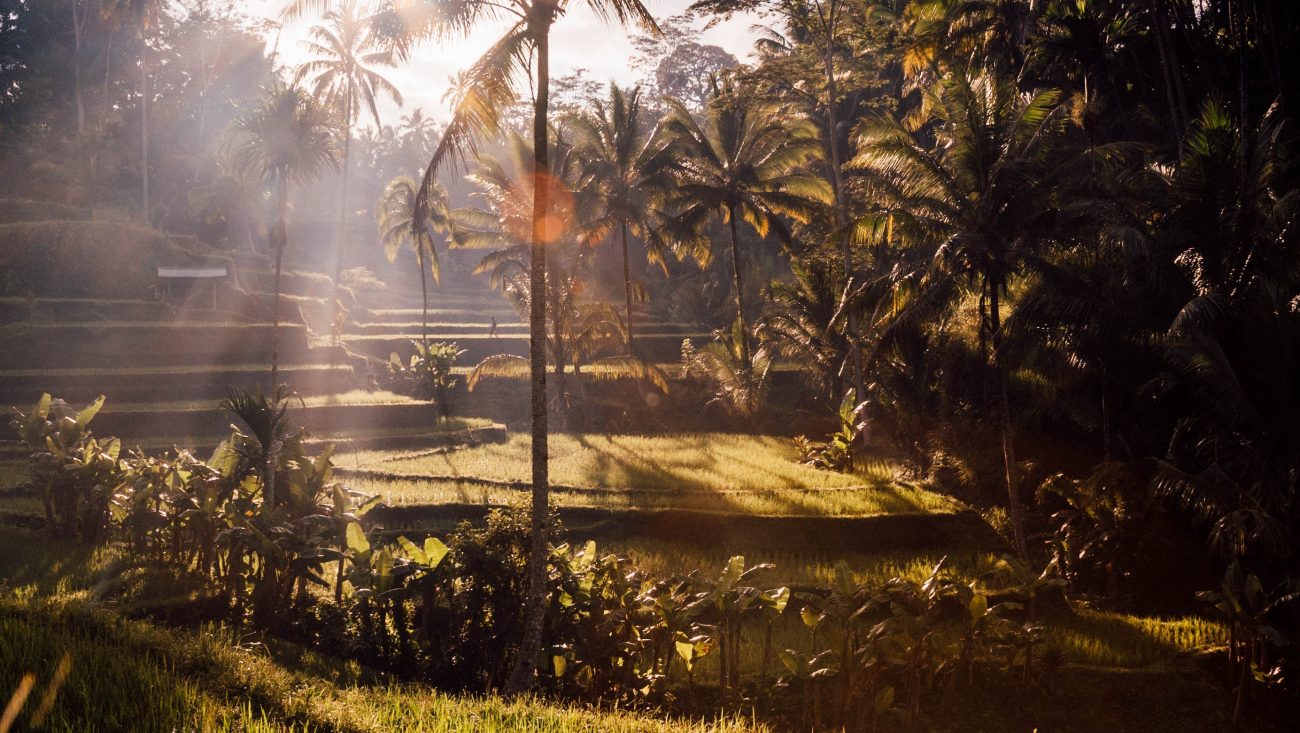Rice is great if you’re really hungry and want to eat two thousand of something

Rice is seed and a type of cereal coming from two sister plants Oryza sativa (Asia) and Oryza glamberrima (Africa). It is one of the main characters in the daily diet in half of the world, in continents like Asia, South and Central America.
Very short history
Rice as we know (in its version long and short) came from Asia to Europe thanks to the Persians. In the 8th century, it arrived in Spain and later in Sicily. During the 16th and 17th century rice was introduced in America by Spanish and Portuguese and from then exploited in the continent.
Kinds of Rice
Rice has more than 10000 different varieties and they can be categorized into two subspecies of Oryza sativa:
- Indica, long in shape and with a high quantity of amylose starch.
- Japonica, shorter in shape, stickier rice with less quantity of amylose starch.
Common Categories
In supermarkets, it easy to find these types of rice
[table id=5 /]
How to cook it
Why do we need so much water?
REFERENCES
[1] H. McGee (2004) On Food and Cooking: The Science and lore of the Kitchen, Scribner.
[2] Video how to cook: https://www.youtube.com/watch?v=68PPJuFgnUw
[3] Explanation about water ratios: https://www.youtube.com/watch?v=DJFU7ezipbg
[4] Photo by Patrick Craig on Unsplash
